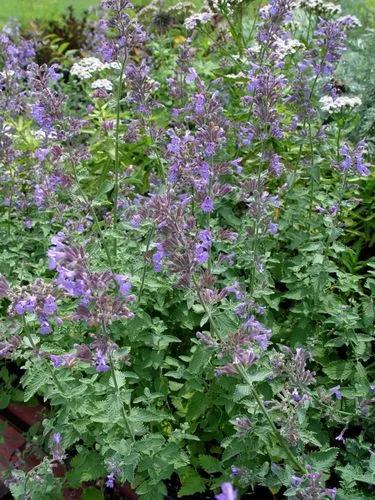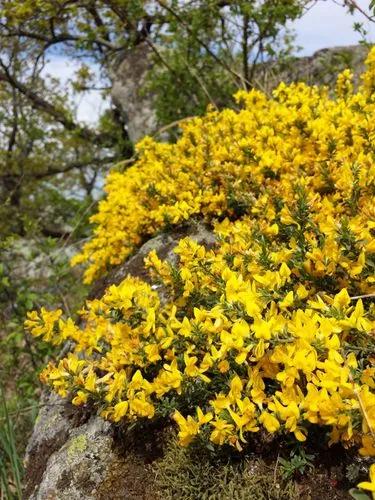Clematis vitalba is a wild European species within the genus clematis. It blooms with very small, white, star-shaped flowers and is an exceptionally robust and healthy plant that develops giant vine-lianas, which makes it very interesting for building greening. Leafy, vital, and drought-resistant, clematis vitalba is often chosen for high greening projects, and can be used for concrete facades, poles, or masts (in street greening, for example). Clematis vitalba can provide accents and interesting contrasts in a "designed" or engineered environment
Traveller's-joy Care
Clematis Vitalba



How to Care for the Plant

Water

C. vitalba prefers moist soil and hence, appreciates frequent watering. However, it is hardy and somewhat drought-tolerant too. Therefore, watering less is better than over-watering because the plant doesn’t like wet soil.

Pruning

While old man’s beard doesn’t require much care for growing, it needs to be pruned regularly to prevent it from overtaking other garden plants.The plant, in particular, responds well to late winter pruning – cut back the plant to just a foot above the ground in February to encourage new growth in spring.

Fertilizer

Fertilize this plant during the spring season with a fertilizer with low nitrogen content.

Sunlight

This flowering plant species grows best in warm climates and in full sun, but also grows well in partial shade.

Soil

Traveler’s joy prefers rich and slightly alkaline soils, but can tolerate almost all soil types; from light sandy to heavy clay. For best results, grow the plant in well-draining moist non-acid soil.

Additional

All parts of the plant are poisonous, the toxic principle is dissipated by heat or by drying

Popularity

1,527 people already have this plant 305 people have added this plant to their wishlists
Discover more plants with the list below
Popular articles






